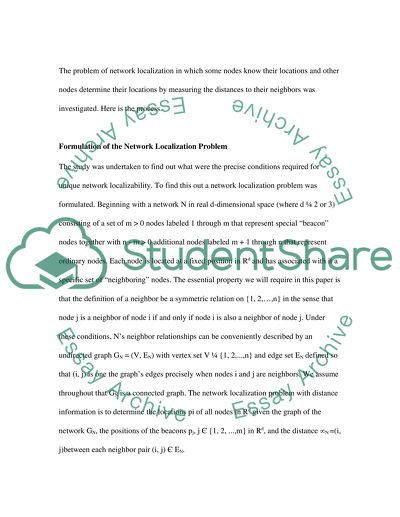Cite this document
(“A Theory of Network Localization - Summary Essay”, n.d.)
A Theory of Network Localization - Summary Essay. Retrieved from https://studentshare.org/technology/1512299-a-theory-of-network-localization-summary
A Theory of Network Localization - Summary Essay. Retrieved from https://studentshare.org/technology/1512299-a-theory-of-network-localization-summary
(A Theory of Network Localization - Summary Essay)
A Theory of Network Localization - Summary Essay. https://studentshare.org/technology/1512299-a-theory-of-network-localization-summary.
A Theory of Network Localization - Summary Essay. https://studentshare.org/technology/1512299-a-theory-of-network-localization-summary.
“A Theory of Network Localization - Summary Essay”, n.d. https://studentshare.org/technology/1512299-a-theory-of-network-localization-summary.


